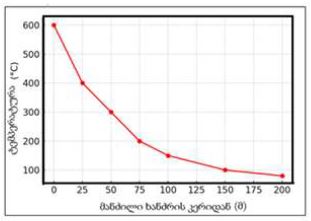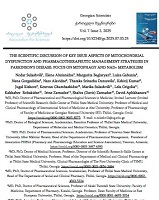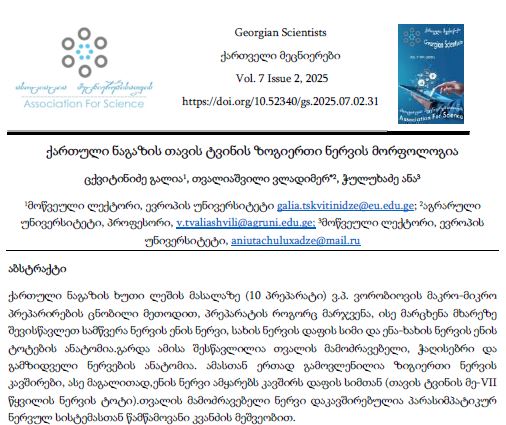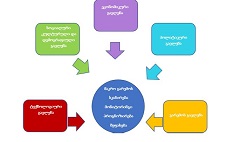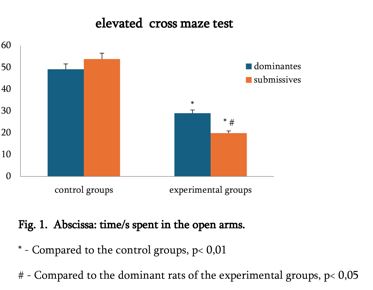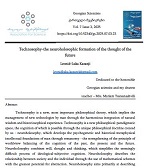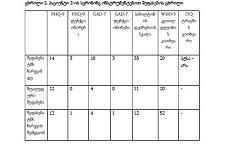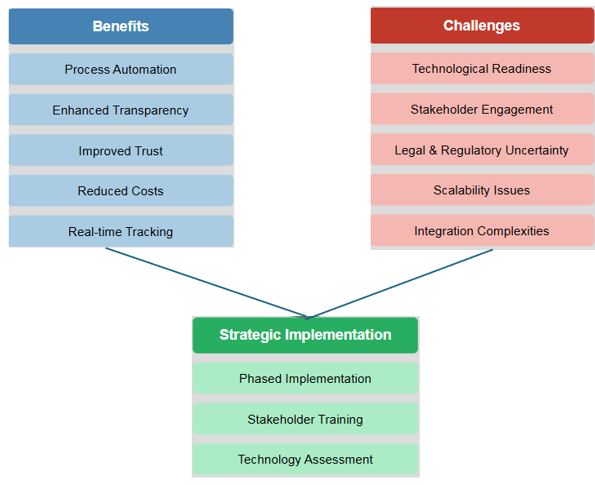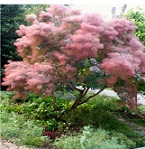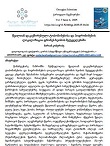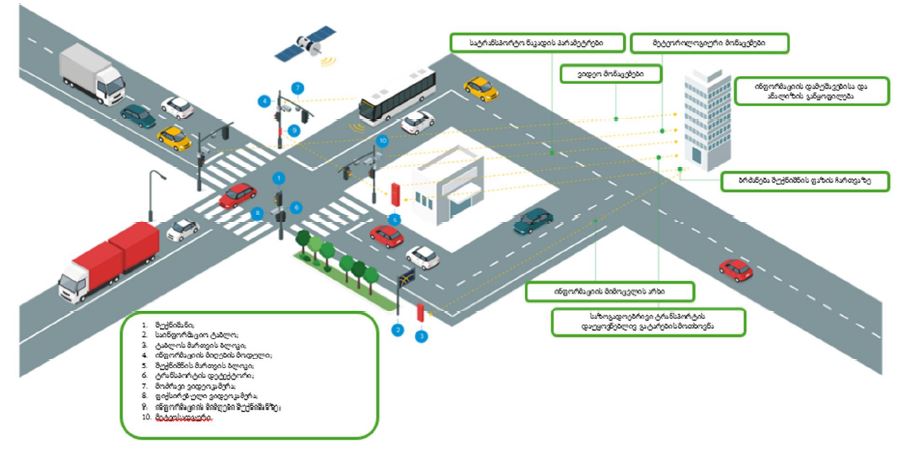Description of Introduced Cherry (Prunus cerasus L.) varieties
Downloads
There are given the results of the assessments of prospective introduced cultivars of cherry In Georgia. The research has been carried out in the collection orchard of the experimental station Jigaura of LEPL Scientific-Research Center of Agriculture (SRCA) in the 2018-2022. The following agronomic and biological characteristics were studied according to the cultivar: phenological phases of development, detailed pomological description of tree, susceptibility toward diseases, biochemical and mechanical analysis of fruits and other features. According to the study data, cultivars: Schattenmorelle, Karneol, Montmorency are characterized by high productivity and good fruit characteristics and could be recommended for the improvement of assortments of cherry in East regions of Georgia.
Downloads
ბობოქაშვილი ზ., ძერია კ. მებაღეობა. თბ.,2010.
ბობოქაშვილი ზ., ბალი, მნიშვნელოვანი კურკოვანი კულტურა,"აგრობაზისი"თბ.(2018).
ბობოქაშვილი ზ., მაღლაკელიძე ე., (2020). საქართველოს ხეხილი: ახალი ჯიშები და მათი თავისებურებები. თბ.,(2020); გვ 142-152.
საქართველოს აგრობიომრავალფეროვნება (კატალოგი) თბ., 2015.
საქართველოს მეხილეობა, ნ. ხომიზურაშვილის რედაქციით, ტ. IV.თბ.,1977.
საქართველოს ხილი (კატალოგი), ვ. კვალიაშვილის რედაქციით, თბ.,(2001)
საქსტატი (2020). საქსტატის ეროვნული სტატისტიკური ოფისი საქართველოში 2021. www.geostat.ge
Avanzato D. (2002). Cherry and Sweet cherry cultivars in Georgia. Actual Questions of fruit-growing Publishing by FAO project. Tbilisi-Gori-Akhaltsikhe. pp. 58-62. (In Georgian).
Baden M L, Byrne D H. (2012). Fruit breeding. Hand book of breeding. Springer Science pp.571-621.
Growth stages of vegetables, pome- stone- and berry fruits and grape and weed species (BBCH-Code). Ed. SPAAR,
FAOSTAT (2020): http://faostat.fao.org/default.aspx
Menzies R. (2004): Increasing cherry fruit size. Agfact H5.4.2. Available at www.dpi.nsv.gov.au Milatović P.D., Đurović B.D., Đorđević
Meier U. (2001) Growth Stages of Mono and Dicotyledonous Plants. BBCH Monograph, Federal Biological Research Centre for Agriculture and Forestry, Bonn.
Postweiler K, Stosser R, Anvari A. (1985) The effect of different temperatures on the viability of ovules in cherries. Scientia Horticulturae 25(3); pp.235-239
Sedov E and Ogoltsova T Program and methodology of variety researching of fruit, berry and nut crops (Publishing house of the all-Russian research Institute of fruit crop selection, Orel, 1999)
Schick J., Toivonen M. (2000). Optimizing cherry Stem quality. 16th Annual Postharvest Conference Yakima, WA, March. pp. 14-15.
Serrano M., Guillén F., Martínez-Romero D., Castillo S., Valero D. (2005): Chemical constituents and antioxidant activity of sweet cherry at different ripening stages. Journal of Agricultural and Food Chemistry, 53: 2741–2745.
Shirokov, E., Polegaev V. (1988). Storage Technology and processing of fruits and vegetables horticulture and viticulture. Moscow. Pubisher ‘Agropromizdat’ (in Russian).
UPOV descriptor (2006): Guidelines for the conduct of tests for distinctness, uniformity and stability Cherry (Prunus cerasus L.) – TG/230/1.
USenik V., Fabcic J., Stampar F.,(2008). Sugars, organic acids, phenolic composition and antioxidant activity of sweet cherry (Prunus avium L.). Food Chem. 107.pp.185-192.
Zhukovsky P. (1971). Cultivated plants and their relatives. Moscow. Kolos publishing house. pp. 481-565 (in Russian).
Copyright (c) 2023 GEORGIAN SCIENTISTS

This work is licensed under a Creative Commons Attribution-NonCommercial-NoDerivatives 4.0 International License.








































